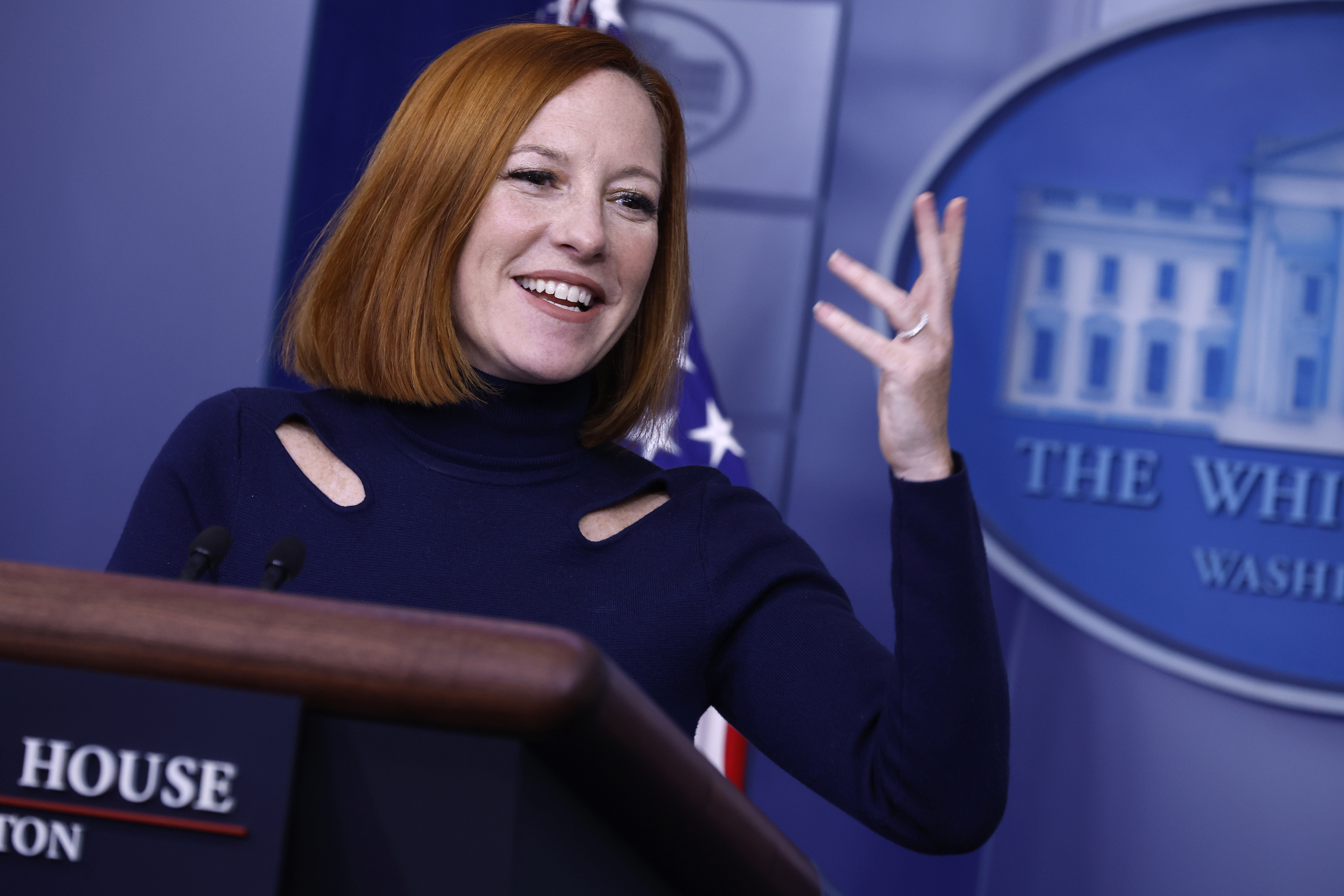The US annual inflation rate surged by 8.5% in March, up from the 7.9% increase in February, according to the latest numbers from the Bureau of Labor Statistics (BLS). Economists had projected a reading of 8.4%, so the figure was higher than what many financial experts had anticipated. Once again, the inflation report was broad-based, with everything up across the board, from meat to energy to used automobiles. Has the consumer price index (CPI) peaked, or will next month’s data climb higher?
Bidenflation Strikes Again
All of the indexes were up on a year-over-year basis, led by energy (+32%), used cars and trucks (+35.3), new vehicles (+12.5%), food (+8.8%), and transportation services (+7.7%). Apparel also rose 6.8%, while shelter advanced 5%. Suffice it to say, there was no relief in any of the chief categories.
The main staples of any kitchen were notably up last month, such as meat (+13.7%), milk (+13.3%), coffee (+11.2%), fruits and vegetables (+8.5%), and bread (7.1%). Pet food jumped 5.9%, while baby food skyrocketed 10.8%.
In March, it cost more to fuel your automobile (+48%), keep the lights on in your home (+11.1%), and heat your humble abode (+21.6%). Even to live in your fortress of solitude, if you are a renter that is, was 5.1% more expensive.
Meanwhile, purchasing consumer goods across the US marketplace added to inflationary pressures. Here are some examples of sticker shocks to end the first quarter: window coverings (+18.4%), men’s shirts (+10.9%), household cleaning products (+8.7%), children’s clothing (+13%), and musical instruments (+6.6%).
If you are hoping to attain a service, be prepared to fork over some more dollars and cents in this economy: professional services (+1.7%), dental (+2.4%), eye care (+1.9%), recreation (+4.8%), delivery (+11.4%), and veterinarian services (+9.1%). And you might as well start cutting your hair because personal care services swelled 4.6% in March.
The US financial markets responded favorably to the higher-than-expected inflation data. Before the opening bell, the leading stock indexes were up, metal commodities rallied, and energy prices garnered immense momentum. The US Treasury yields were bleeding red ink, while the US Dollar Index (DXY), which gauges the greenback against a basket of currencies, fell below the 100.00 thresholds. Investors are ostensibly hopeful that inflation might have peaked and next month’s report could be lower.
The White House Was Right – For a Change
Outgoing Press Secretary Jen Psaki attempted to do some pre-emptive damage control during a news conference on April 11, telling reporters that the March inflation report would be “extraordinarily elevated.” But, once again, she referred to four-decade high inflation as “Putin’s price hike,” dismissing any culpability for President Joe Biden and his administration. She told the press:
“Because of the actions we’ve taken to address the Putin price hike, we are in a better place than we were last month. We expect March CPI headline inflation to be extraordinarily due to Putin’s price hike. And we expect a large difference between core and headline inflation reflected in the global disruptions in energy and food markets. Core inflation doesn’t include energy and food prices, headline inflation does. And of course we know that core inflation – energy, the impact of energy on oil prices, gas prices, we expect that to reflect what we’ve seen the increases be over the course of this invasion.”

(Photo by Chip Somodevilla/Getty Images)
As Liberty Nation reported, the US was already embarking upon a cost-of-living crisis before Russia’s invasion of Ukraine. The CPI, the producer price index (PPI), and the personal consumption expenditure (PCE) price index were surging heading into the military conflict in Eastern Europe. This denial of responsibility is appropriate for an Oval Office that rejects reality and searches for scapegoats behind every corner to blame for higher gasoline prices, increasing food costs, and enormous budget deficits.
Has Inflation Peaked?
The $64,000 question is if inflation has peaked. Many market analysts do anticipate the coming CPI reports to ease slightly, but they will continue to remain red-hot because of the various pressures contributing to the present inflationary environment, whether it is fertilizer shortages or the global supply chain crisis. The Federal Reserve and the White House will likely take a victory lap if the April inflation rate dips from 8.5% to 8.1%, claiming that the central bank’s quasi-tightening and the president’s policies have alleviated higher prices. Welcome to the post-pandemic world, a new normal of eroding purchasing power, increasing prices, and shortages of consumer goods.
Well, at least television prices were down 1.5%, so you can save a few bucks as you watch the planet drown in tens of trillions of dollars, euros, pounds, loonies, and yuan that have been freshly printed since the start of the public health crisis.



